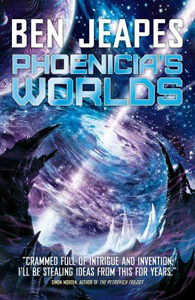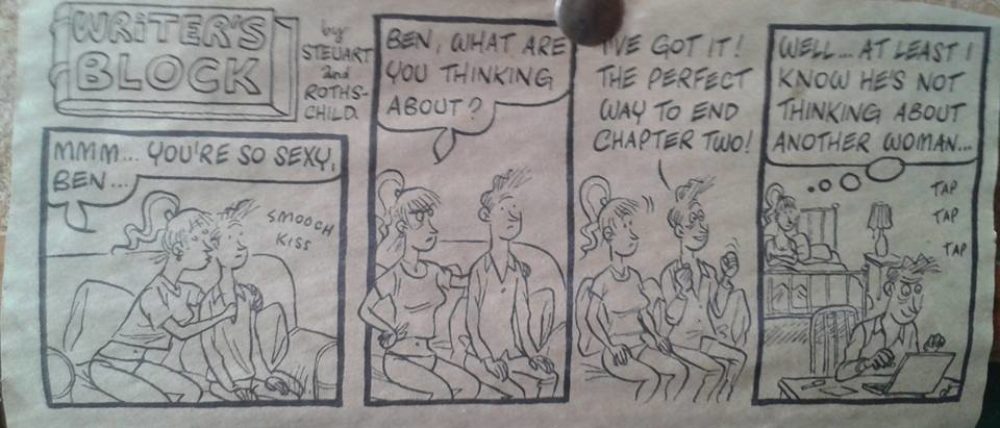 Locus, November 2013 has a glowing review of Phoenicia’s Worlds. It would be boring to type out the whole thing, so here’s the take-home message from the closing paragraphs:
Locus, November 2013 has a glowing review of Phoenicia’s Worlds. It would be boring to type out the whole thing, so here’s the take-home message from the closing paragraphs:
“This is a dense, busy, skilfully-designed future setting that draws on a wide range of SF conventions, tropes, inventions and machineries. “Headspace” is an immersive computational/communication environment available via implants; “black boxes” are powerful AIs that can behave like persons (as the governing intelligence of Phoenicia does); the Discourse and Lawcore are the AI/headspace-enabled bases of the Nuevan governmental-legal system. There are space elevators, orbiting pseudo-suns, matter-annihilation starship drives, wormholes that depend on quantum-entangled particle pairs, and so on. But the book seems more interested in those conventions as story enablers than as Nifty Ideas in their own right – they are just there, Heinlein-style, as part of the environment, the way they might appear to a character. (Though the wormhole/entangled particle technology does get a brief chalk-talk to explain why it’s necessary to return to Earth to build a new portal.)
Against this solidly built backdrop, we watch the social and generational tensions play out, wonder how Alex is going to deal with a hostile Earthside faction that cares little about the fate of Nueva, follow Quin as he works with and against the shifting power structures of the troubled world that was born the same day he was – and wonder whether and how each will adapt to changing metaphorical and literal climates. This is not ground-breaking SF – there are no amazing new imaginary technologies or exotic aliens or funhouse booga-boogas. Instead there is something just as hard to pull off: a story that uses the resources of the genre to build an engaging blend of adventure and intrigue in a convincingly detailed future world.”

Yeah, that’s why I like your stuff!